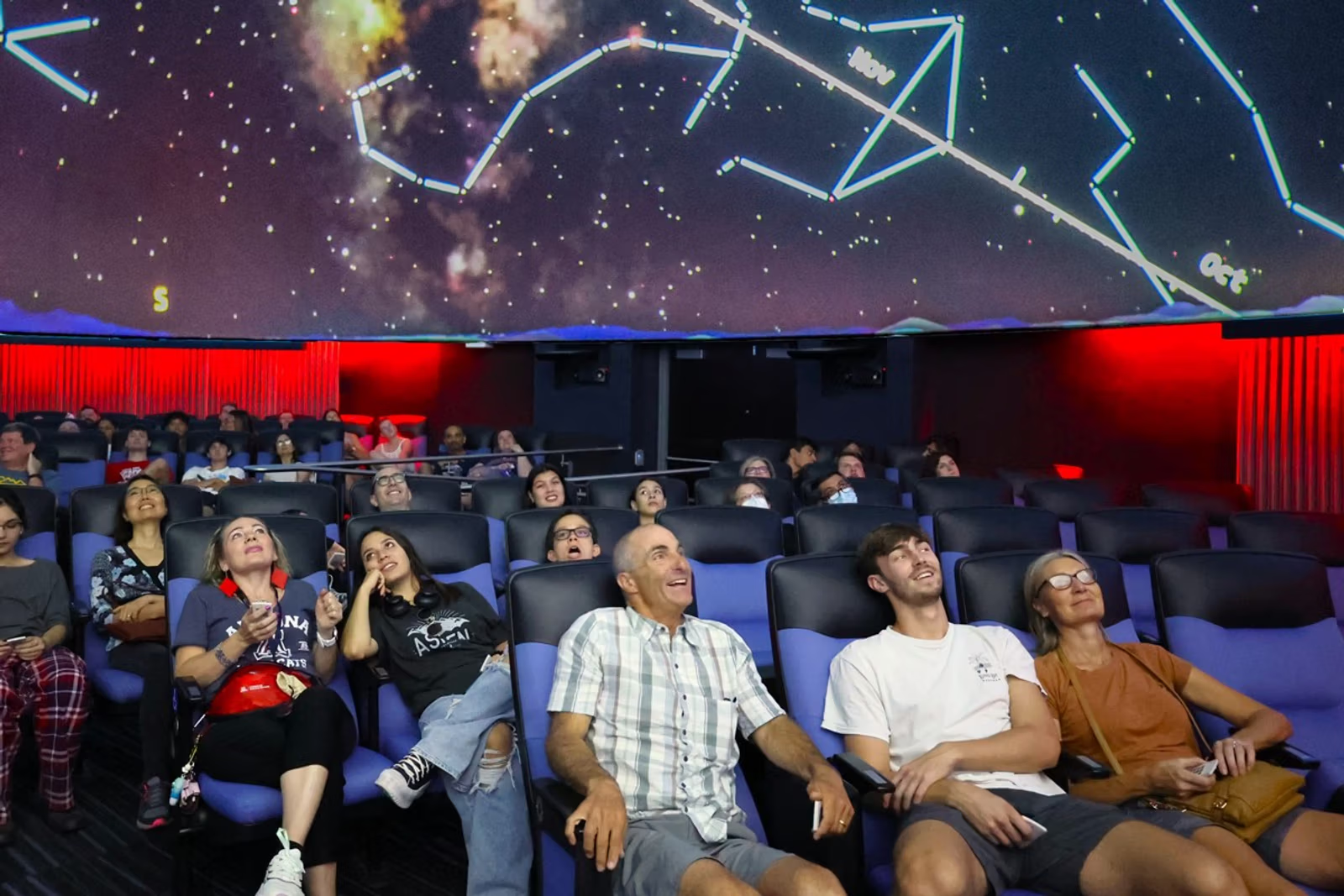


Arizona helped birth the dark-sky preservation movement when, in 2001, the International Dark-Sky Association designated Flagstaff as the world's very first Dark Sky Place for the city's commitment to protecting its stargazing-friendly night skies. Since then, eight other Arizona communities — Sedona, Camp Verde, Big Park (Village of Oak Creek), Cottonwood, Fountain Hills, Thunder Mountain Pootseev Nightsky, Bisbee and Tubac — have earned Dark Sky status from the IDA.
Arizona also boasts 13 Dark Sky Parks, defined by the IDA as lands with "exceptional quality of starry nights and a nocturnal environment that is specifically protected for its scientific, natural, educational, cultural heritage, and/or public enjoyment." The most famous of these is Grand Canyon National Park, where remarkably beautiful night skies lend draw-dropping credence to the Park Service's reminder that "half the park is after dark."
Remote Stargazing
The absence of light pollution, ideal weather conditions year-round and high-elevation viewing points create ideal conditions for searching for stars, planets and galaxies. Southern Arizona has many observatories that invite visitors to explore the ink-black skies through high-powered telescopes. Kitt Peak National Observatory was among the first stargazing spots in Arizona, welcoming visitors since the 1950s. Whipple Observatory atop Mt. Hopkins and Mt. Graham International Observatory complete the Tucson Triangle. Up north, Lowell Observatory invites amateur stargazers to look through some of the largest telescopes in the world. Find more information about Arizona observatories and planetariums that welcome visitors here.
Urban Areas
Not all stargazing is limited to remote areas of the state. In fact, sound stewardship that protects dark skies from light pollution brings many urban areas into the mix. Flagstaff was the first city designated as a Dark Sky Place for its commitment to regulating light pollution and promoting dark-sky tourism. In Oracle, just 20 miles north of the Tucson metro, the Santa Catalina Mountains shield the urban lights. Even in the Phoenix metro, Fountain Hills enjoys surprisingly dark skies, thanks to the buffer created by the McDowell Mountains.
Arizona’s Certified Dark Sky Parks
- Chiricahua National Monument
- Grand Canyon National Park
- Kartchner Caverns State Park
- Oracle State Park
- Parashant National Monument
- Pipe Spring National Monument
- Petrified Forest National Park
- Saguaro National Park
- Sunset Crater Volcano National Monument
- Tumacácori National Historical Park
- Tonto National Monument
- Walnut Canyon National Monument
- Wupatki National Monument
Why is Arizona such a wonderful place for stargazing? The simple answer: good weather, mountainous geography and sound stewardship. On a clear night, you can see Mercury, Mars, Jupiter and the Andromeda galaxy. The sky is awash in stars, double stars and star clusters.
"Arizona has been a preferred location for astronomers—professional and amateurs—since the early 1900s," says Mike Weasner, an astrophysicist who helped Oracle State Park earn dark-sky status. "It's due to generally good weather and the mountains to get above the thicker portion of the atmosphere."
Mountains also shield dark-sky oases from urban skyglow. In the case of Oracle State Park, which is only 20 miles (32 kilometers) from Tucson, the Santa Catalina Mountains block out the city lights. Likewise, Fountain Hills, an exurb on the northern flank of metro Phoenix, enjoys surprisingly dark nights thanks to the rocky veil provided by McDowell Mountains.
Across Arizona, on rugged public lands and inside scenic city limits, the visitor experience doesn't end at sunset. Because this state, so synonymous with sunshine and blue sky, is equally spectacular when the stars come out.








.avif)
















